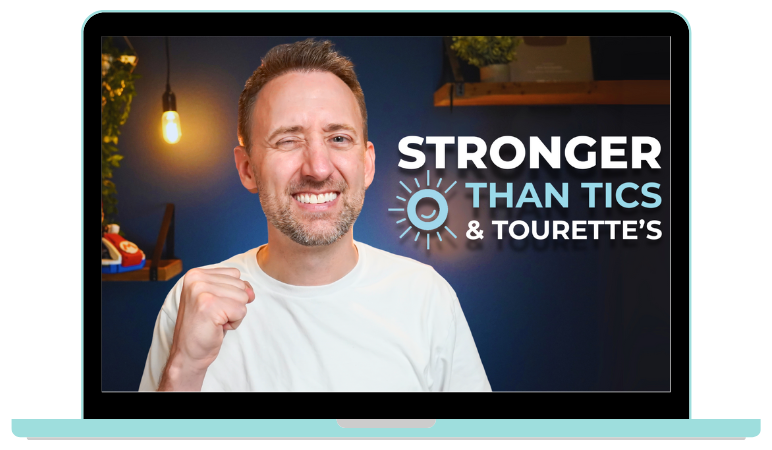Understanding Harm OCD: Why the Scariest Thoughts Aren’t Real
Apr 27, 2025
Harm OCD is a subtype of Obsessive-Compulsive Disorder (OCD) that causes intense and often terrifying fears about harming oneself or others. People living with Harm OCD experience intrusive thoughts that are unwanted, distressing, and completely out of character. Despite the fear these thoughts cause, individuals with Harm OCD are not dangerous — quite the opposite. They are usually very sensitive, deeply compassionate people who would never act on these fears.
Let’s take a closer look at what Harm OCD is, how it shows up in daily life, and why understanding it is so important.
What is Harm OCD?
Harm OCD centers around intrusive, unwanted thoughts about causing harm. These can be thoughts, images, or urges that seem violent or aggressive. A key feature is the intense fear that the individual might act on these thoughts, even though they have no desire to do so.
Examples of intrusive thoughts in Harm OCD might include:
-
"What if I suddenly stab someone with a kitchen knife?"
-
"What if I lose control while driving and run someone over?"
-
"What if I push someone off a balcony?"
-
"What if I snap and hurt my child?"
These thoughts are deeply upsetting. Often, the person feels overwhelmed with guilt or shame simply for having them. They may also engage in mental or physical rituals to prevent the feared harm from happening, such as hiding sharp objects, avoiding loved ones, seeking reassurance, or mentally "checking" themselves for bad intentions.
How Harm OCD Impacts Life
Living with Harm OCD can be exhausting. Because the thoughts feel so real and alarming, people often change their behavior to avoid perceived danger. For example, a parent with Harm OCD might avoid being alone with their child, or someone might avoid driving altogether.
Relationships can suffer because of constant fear and withdrawal. Careers may be affected if the individual avoids certain tasks or settings. The constant mental battle—fighting thoughts and seeking reassurance—leads to high levels of anxiety, depression, and self-doubt.
Many people with Harm OCD also mistakenly believe they are "bad" people for having these thoughts, not realizing that the very distress they feel proves the opposite. Someone who is truly dangerous would not be terrified of these possibilities.
Why It’s Important to Understand Harm OCD
Without proper understanding, Harm OCD can be misinterpreted—even by those experiencing it. Some might fear that seeking help will lead to judgment or even legal consequences. Others may simply not realize they have OCD and continue living in silent distress.
Understanding that Harm OCD is about fear—not intent—is critical. These intrusive thoughts are symptoms of a disorder, not reflections of a person’s character or desires.
How to Seek Help
The good news is that Harm OCD is treatable. Cognitive-Behavioral Therapy (CBT), specifically a technique called Exposure and Response Prevention (ERP), is considered the gold standard treatment. ERP helps individuals gradually face their fears without performing rituals, breaking the cycle of fear and avoidance.
Medication, such as selective serotonin reuptake inhibitors (SSRIs), may also help manage symptoms.
Seeking help from a therapist who specializes in OCD is important. Not all therapists are trained to recognize or properly treat Harm OCD, so finding the right support makes a big difference.
Final Thoughts
Harm OCD is a painful but treatable condition. If you or someone you know is experiencing these intrusive thoughts, remember: having a thought does not mean you want to act on it. Seeking support, learning about the condition, and taking small steps toward recovery can make a world of difference. You are not alone—and you are not your thoughts.
















